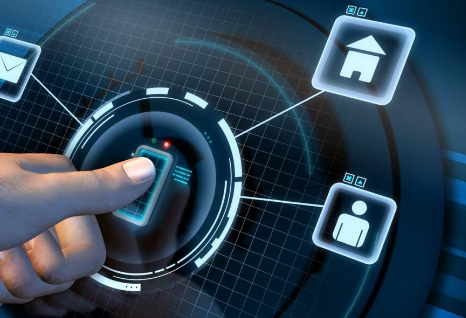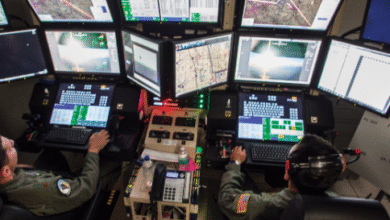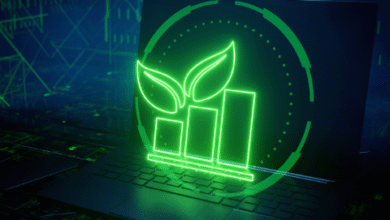Ethical Use of Surveillance & Biometric Tech

The ethical use of surveillance and biometric technologies presents a complex landscape. These tools offer significant advantages for public safety and law enforcement. However, they also pose serious risks to individual privacy and civil liberties. The challenge lies in navigating these opposing forces. Effective regulation and oversight are essential. Yet, the question remains: how can society ensure that these technologies enhance security without compromising fundamental rights? The answer requires careful consideration and dialogue.
The Benefits of Surveillance and Biometric Technologies
While concerns about privacy and ethical implications often dominate discussions surrounding surveillance and biometric technologies, their benefits are significant and multifaceted.
These technologies contribute to increased security by enabling law enforcement agencies to identify suspects swiftly and accurately.
Moreover, they play a crucial role in crime reduction, deterring potential offenders through enhanced monitoring and accountability, ultimately fostering a safer environment for communities.
Ethical Concerns and Civil Liberties
As surveillance and biometric technologies become increasingly integrated into daily life, concerns surrounding their ethical implications and impact on civil liberties have garnered significant attention.
The privacy implications of such technologies pose challenges to individual freedoms, potentially leading to societal impact that undermines trust in institutions.
Citizens face the dilemma of security versus autonomy, making the conversation about ethical practices essential for preserving democratic values.
Read also: Energy-Efficient Computing: Green Tech for Digital Growth
Striking a Balance: Regulation and Oversight
The ethical concerns surrounding surveillance and biometric technologies necessitate a careful exploration of regulation and oversight to protect civil liberties.
Effective regulatory frameworks must be established to ensure that these technologies are deployed responsibly.
Additionally, robust oversight mechanisms are essential to monitor compliance and safeguard individual rights, ultimately striking a balance between security interests and the preservation of personal freedom in society.
Conclusion
In the grand theater of modern governance, surveillance and biometric technologies take center stage, promising security while whispering sweet nothings about privacy. As society claps for the latest innovations, one must wonder if the applause drowns out the faint cries of civil liberties. With regulations and oversight as mere stage props, the delicate dance between safety and freedom risks becoming a tragicomedy, leaving audiences to question whether they are the stars or simply unwitting spectators in this high-tech performance.




